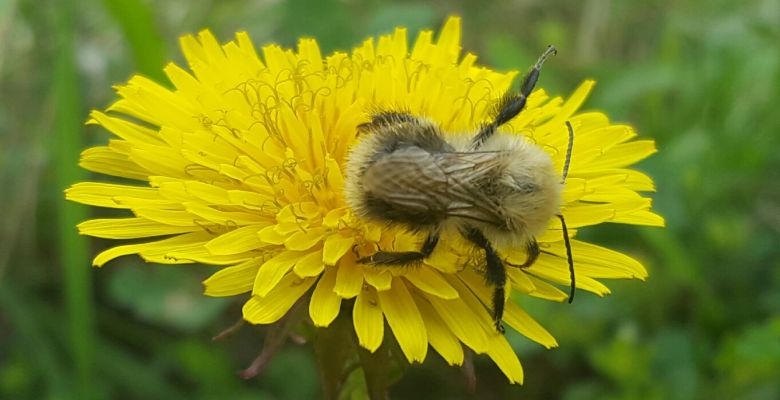
Protection
A number of invertebrates are protected under:
- The Wildlife and Countryside Act 1981 (as amended).
Many invertebrates are also considered in ecological assessments due to their inclusion on both national and local Biodiversity Action Plans (BAP) as well as the NERC S41 priority species list in England, the Scottish Biodiversity List in Scotland and the Section 7 list in Wales. The UK BAP was succeeded by the UK Post-2010 Biodiversity Framework in 2012, however, the lists of species and habitats of conservation importance are still considered to remain a valuable tool for identifying features of local and national conservation concern.
Invertebrate species include moths, butterflies and bees as well as a number of other insects.
When do I need to get in touch?
Notable invertebrates occur in a wide range of habitats and can be specific to local or regional locations, so it is important to understand what habitats and food plants are present on your site to see if notable invertebrates are likely to be present.
The best way to determine this is with a Preliminary Ecological Appraisal / Phase 1 Habitat Survey, or if you think invertebrate surveys may be relevant, just get in touch and we can organise a site visit.
To prevent delays in your project it’s important to get in touch as early as possible, as invertebrate surveys are highly seasonal.
How can EcoNorth help me?
We will advise you on invertebrate protection, importance and mitigation options available in relation to your project. We undertake a wide range of types of invertebrate surveys, applying best practice guidelines along with our in depth knowledge of invertebrate species, habitat requirements and can present the results in our detailed professional reports. This allows us to inform and support a project planning application or other consenting process.
Invertebrate surveys are primarily undertaken from April to September. However, specific species requiring surveys may be subject to smaller survey window periods.

